If you have or if you’re looking to purchase a cast-iron kettle. Then you probably have a few questions, such as how can I use my kettle? Or my kettle has white spots. These questions are good to ask. After all, you want to look after and care for your kettle so it lasts a long time. In this article, you can learn the history of Japanese kettles and how to use them. But also you can learn the following:
Table Of Contents
- What is a tetsubin?
- How artisans make tetsubin
- Important considerations if you want to buy a tetsubin online
- Learn the benefits of using cast iron kettles
- How to use your kettle correctly
- Important care instructions with easy-to-follow dos and don’ts
- Frequently asked questions
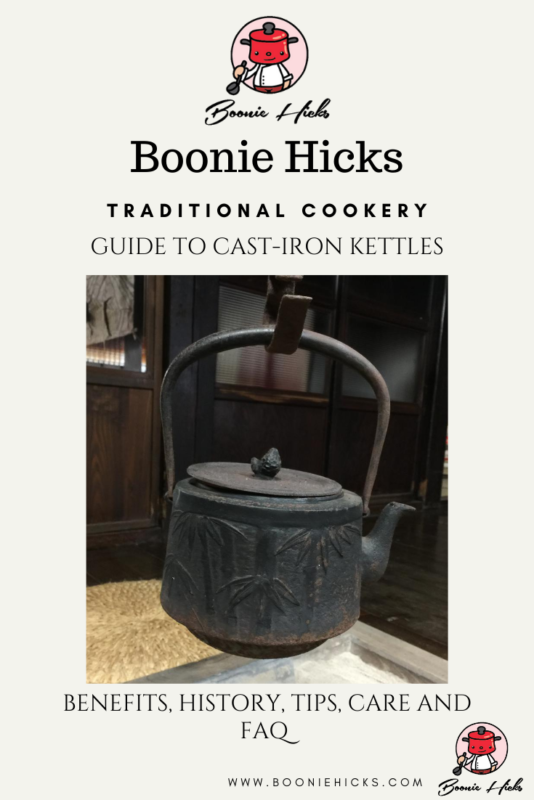
History Of Japanese Cast Iron Kettles
Japanese cast iron tea kettles are to boil water. The Japanese have used iron vessels for hundreds of years to boil water for the household. And to humidify their homes. Today, the kettle or tetsubin is as popular as ever. And if you buy one for yourself, it will likely have the same traditional designs used hundreds of years ago.
Tetsubins originated in the early 17th century and were traditionally hand-crafted by Japanese artisans who utilized two traditional crafts that the Japanese are widely known for pottery and metalworking.
The results are quite stunning, combining simplicity, functionality, durability, and beauty.
Today, the Japanese make some of the best kettles, and many artisans still use traditional methods. Ironware from Iwate is particularly famed and is called either Nambu Tekki or Nanbu Tekki, depending on the translation.
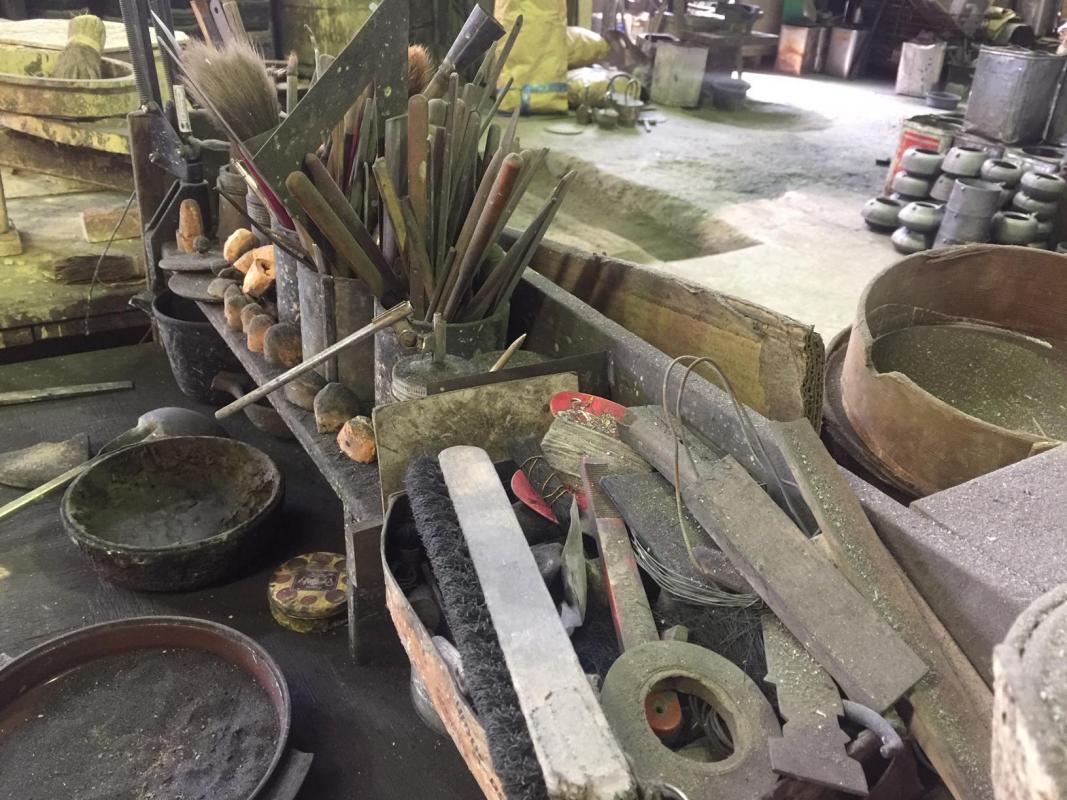
What Is A Cast Iron Tea Kettle?
An authentic cast iron tea kettle does not have an enamel lining. Many kettles sold in the West often have an enameled finish on the inside but are sold as tetsubins. These are cast iron teapots — not kettles. They are known as Tetsu Kyusu in Japan. Enamel teapots are for steeping tea and not for boiling water. You cannot use them to heat water on the stovetop.
Check out this article for the differences between cast iron teapots and kettles.
Kettles come in a wide variety of sizes and colors. Many feature intricate designs on the outside, such as dragonflies or cherry blossoms. Try to avoid mass-produced cast iron tea kettles if you can. However, traditional Japanese tetsubins are not cheap. There are less expensive raw iron kettles on the market, but traditional Japanese kettles command premium prices.
How Do Artisans Make Cast Iron Kettles?
High-quality tetsubins are labor-intensive to make, which is why they are often expensive. It can take 60 or more steps to make one tetsubin. In Iwate, local artisans must train for years to make these vessels. Iwachu Casting Works has been making kettles since the early 1900s. Here is a simplified process of how an Iwachu Tetsubin is made:
- First, artisans make two clay molds, one for the body and the other for the spout
- Then, workers pour raw iron into a clay mold
- Workers break the mold to release the kettle while still red hot
- Rough edges are rounded and checked for imperfections
- Finally, artisans apply lacquer on the outside to protect the kettle from rust
Did you notice the first two steps use a clay mold? In Japan, a clay mold is a traditional method of making cast iron kettles. Today, only bespoke kettles are made this way, and can be expensive. However, most ironworks now manufacture cast-iron kettles using sand molds. Sand-molded kettles are significantly cheaper than clay-molded kettles.
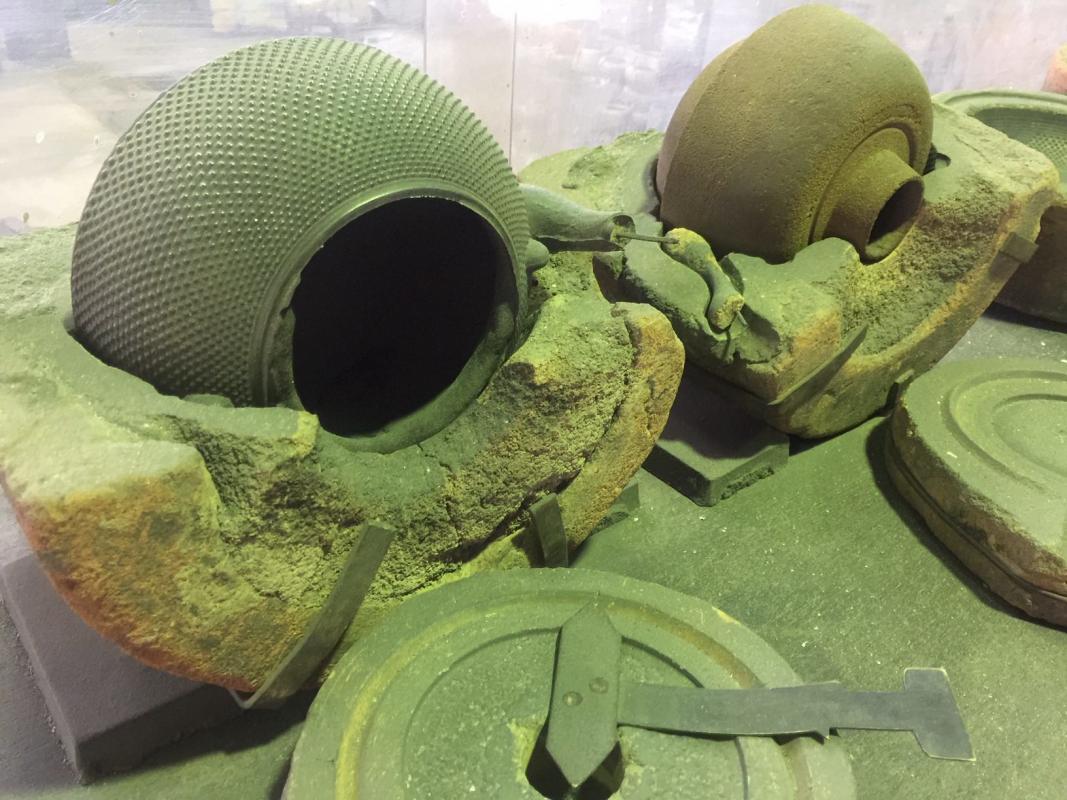
How Is A Tetsubin Different From A Regular Tea Kettle?
Cast iron tea kettles are great for enhancing your tea-drinking experience. That is because the high iron content of the tea kettle helps remineralize the water, making it softer.
This means that tea brewed with water from a tetsubin is sweeter and mellow than tea brewed in another fashion. Because of this, some tea connoisseurs like to brew water for tea with an old-fashioned kettle.
Considerations When Purchasing A Cast Iron Kettle
An authentic Japanese tetsubin traditionally has a special oxidized coating. This happens when the kettle is heated over a charcoal fire until glowing hot. The charcoal firing changes the atomic structure of the iron from standard Fe⁺3 to Fe⁺2. This oxidized layer helps prevent rust and adds to the taste of the water.
Benefits Of Cast Iron Tea Kettles
Besides the unique way of brewing tea, cast iron tea kettles offer many benefits. Here are just a few of them.
- Non-toxic. Cast iron has been used in cookware for thousands of years and is non-toxic. You won’t have to worry about drinking toxic chemicals with your tea when you heat water in a tetsubin.
- Durable. Cast iron is virtually indestructible. With the proper care, a cast iron tea kettle could last forever.
- Versatile. Tetsubins are versatile. You can use them for a various tasks: Brew iron-rich water for your morning oatmeal. Cast iron tea kettles are also pretty display items for the kitchen.
- Retains Heat Very Well. Iron naturally absorbs heat. This means that your water will stay warm and will cool slowly.
Good for your health. By brewing your water in a tetsubin, you can add a little extra iron to your diet. Researchers know that cooking in cast iron adds iron to the food. The same goes for brewing water in a cast iron tea kettle. I also have an article called Is cast-iron safe? If you want to learn more.
How To Use A Cast Iron Tea Kettle
Traditionally, tetsubins were used over a charcoal fire. However, you can heat your kettle over a fire or stove. Ensure your tea kettle is 100 percent cast iron before using it on the stove. Otherwise, it may crack or warp. You can use a tea kettle on either an electric or gas stovetop. They can also be used on some glass burners. However, read the instructions to be safe.
Before using your cast iron tea kettle for the first time,
- Wash the inside out with cold water.
- Then, boil water in the kettle over medium heat until the water becomes clear.
- You may have to repeat this process several times before using the water.
- Now that the kettle is ready fill it three-quarters to the top with water and place it on your heat source.
- Use low to medium heat.
- After boiling the water, slide the lid aside to let out the steam. This will keep boiling water from dripping from the spout, reducing the risk of burns.
- Then, pour the water over your tea leaves or steep your tea in a teapot. If you want to know how to use a cast teapot, check out this article.
Tip: Heat your kettle on low to medium heat. I recommend a low to medium heat not only for cast-iron kettles but also for cast-iron cookware. This is because modern cookers heat very quickly. Cast iron is softer than modern cookware, so iron moves and expands when exposed to rapid temperature changes.
Use And Care Tips
- Please do not touch any part of the tea kettle with your bare hands, as it will be hot. And always use an oven mitt.
- Do not pour cold water into an empty cast iron tea kettle you have pre-heated. This could cause it to break.
- Do not leave standing water in your kettle. This is a surefire way to cause it to rust.
- Avoid contact with oils and salt.
- Avoid harsh soaps, detergents, or scrubbers when cleaning your tea kettle. Wipe the outside with a clean, dry cloth. Then, turn the pot upside down to air dry.
- Store your cast iron tea kettle in a cool, dry place. Make sure you completely dry it off first.
- Use a trivet when your kettle is hot to avoid damaging your table and kitchen bench. Also, use the trivet to display your kettle, as the high iron content can discolor surfaces.
Frequently Asked Questions (FAQs)
These red spots are natural phenomena caused by the high iron content. They are no cause for concern.
You might notice white spots inside your cast iron tea kettle. These spots are not unusual; they are minerals concentrated from evaporated water. These minerals form a layer on the kettle and will help prevent rust.
You can still use a cast-iron tea kettle that has rust. However, if you like to remove the rust, fill the kettle with tea leaves and boil the water. The tannic acid in the tea will help remove the rust and form a natural barrier, helping to prevent a future recurrence.
No! Cast iron tea kettles are not made for microwave use. They are suitable only for use on a stovetop or over an open fire.
A cast-iron tea kettle should not be put in a dishwasher. If you must clean a cast iron tea kettle, wash the inside with mild soapy water. Then, wipe out the kettle and place it upside down to dry completely. However, many will say you should never clean a kettle or teapot.
To polish the surface of the tea kettle, wipe it with a soft cloth soaked in tea. This will help keep it glossy. Also, keep your kettle away from the stovetop. So there are fewer chances of oils contacting the kettle.
How Much dDo Cast Iron Tea Kettles Cost?
Tetsubins or cast iron tea kettles usually cost more than cast iron teapots. They run anywhere from under $100, but handmade versions typically start at several hundred dollars for even smaller versions. I recommend the Iwachu Japanese iron Tetsubin Tea kettle.
Although it costs more than other tea kettles, it is worth the investment. It could be the last kettle you will have to buy. Iwachu has a good reputation for making high-quality cast iron products.
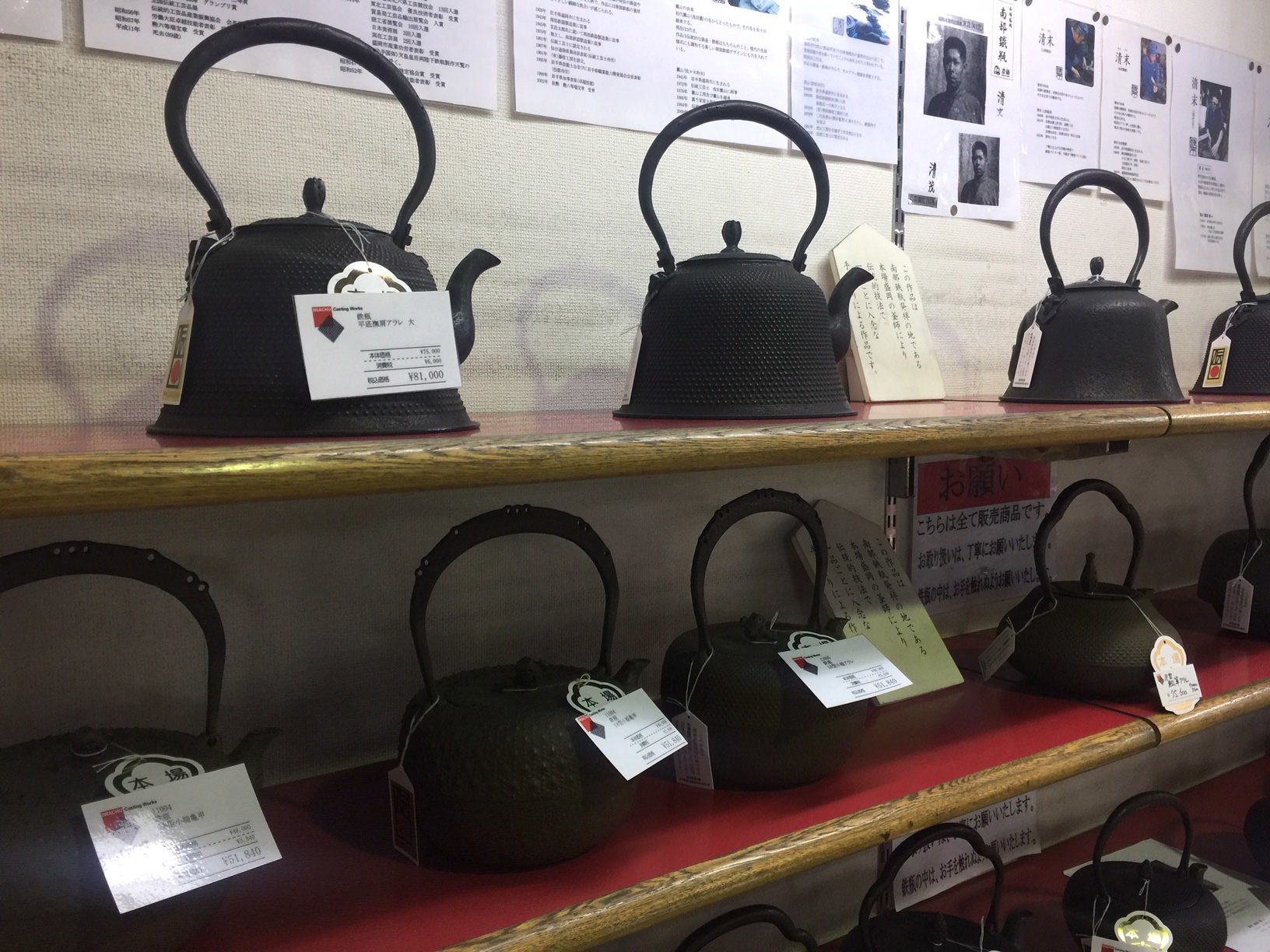
A cast-iron kettle is a must for any tea enthusiast. These durable vessels can be handed down from generation to generation. Cast-iron kettles have many uses aside from just brewing water for tea. They also make pretty decorative items to display in your kitchen and are often a focal point with guests.
References:
- Holy Mountain Trading Company (Japanese cast iron Tetsubin)
- Go ask Alice (Does cooking with cast iron pots and pans add iron to our food?)
- National Center for Biotechnology Information (Dietary Iron by Fady Moustarah; Shamim S. Mohiuddin)
- Artistic Nippon (How to care for your rusty cast iron kettle)

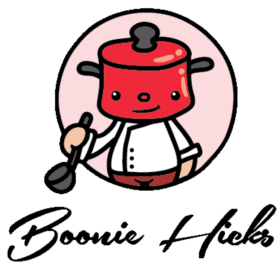
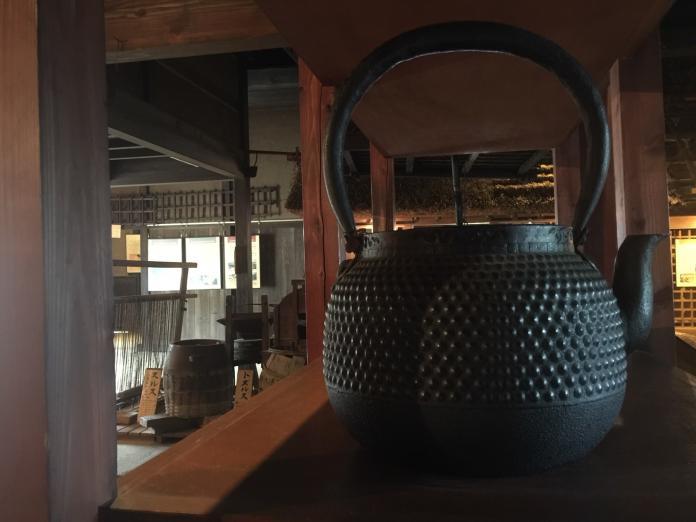
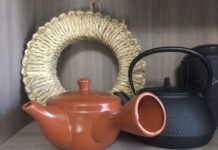
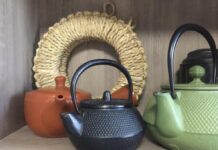
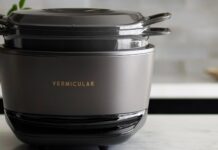



Can you steep your tea in a cast iron kettle? One of my favorite local Asian restaurants uses their cast iron kettles to steep Jasmine green tea. And I was considering doing the same.
Also, can you use cast iron kettles or teapots for milk (coconut specifically)?
Sounds great but check the inside of the kettle next time you go to your tea shop. I suspect the kettles have enamel or polymerized coating that makes them easy to rinse out and clean.
Traditional kettles are solely for boiling water in Japan. And are raw iron inside.
Japanese teas such as green tea and oolong tea have a lot of tannins. That can taint the if you steep tea directly in an iron pot frequently. And this will make the tea bitter.
You could use your kettle to steep Jasmine tea, But raw iron kettles are expensive, and I would brew the water separately.
But add milk separately to keep oil residue out of your kettle.
I hope this helps, and enjoy your Jasmine tea. It’s popular over here in Japan too.
Hi, thank you very much for this information, it’s really useful!
I’ve just bought a used cast-iron kettle, and I really like it 🙂 I suspect that the previous users have washed it with detergent before selling it, though. I filled it with boiling water, and it smelled of detergent. How should I determine if this has damaged the kettle, and should I take any special actions other than cleaning it repeatedly with boiling water?
Thankyou again.
-Lars
Hi Lars
Thanks for your message, and I can imagine the smell is quite frustrating.
However, I wouldn’t worry too much. It sounds like the seller wanted to clean out the teapot the best they could before shipment.
The smell could be from detergent or from a fairly newish pot. In both cases the smell should dissipate over time. And detergent is safe to use in an enameled teapot. You could use diluted lemon juice to help lift the smell. Or even a cap fill of white vinegar. But again I wouldn’t about it too much, and I’d simply start using the pot.
Hope this point you in the right direction.
Hi,
I bought a used Iwachu tetsubin. The outside has rust on the bottom and top surfaces. What can I do to remove the rust and restore the finish?
Thanks,
Kevin
Hi Kevin
I’d soak your kettle in a 50-50 solution of white vinegar and water for about 20 minutes. And with an SOS pan lightly scrub the surface of your tetsubin, this should remove light rust. With a Japanese made kettle rust should be minimal.
To restore the outside is more tricky. In Japan you can buy small tube of lacquer. However, another common method is to place your kettle in a lager pot fill of water. Slowly bring the water to boil and add loose leaf green tea to the water. The tannins should coat and protect the outside. And the iron rich water will restore your kettle to a natural matte black color.
Hope this helps.
This is very helpful, thank you! I am getting my husband a cast iron tea pot for our 6th anniversary gift. He loves having tea throughout the day and also has low iron, so I think this will be the perfect gift!
Hi Alana
Thanks for your kind message, I’m so pleased you found the article useful.
Congratulations on your anniversary. I hope you both have a very special day.
I think a cast iron teapot is a great idea. If a teapot has an enamel inner there will be little to no iron added to the water. But it would be easy to clean. However, some cast iron teapots are seasoned on the inside instead of enamel which adds a little iron to the water. Both are a great choices and I’m sure your husband will be over the moon to receive such a thoughtful gift that will last many years.
Cheers Alana